The first sentence in the CareerBuilder press release about their latest survey says it all:
“Your candidate experience is probably worse than you think.”
I wouldn’t call myself an expert on the candidate experience — I leave that to people who watch it closely, like Gerry Crispin, Elaine Orler, and Kevin Grossman — but I do have a fair amount of recent experience with how organizations mistreat the people who are actually interested in working for them.
As I wrote last month, when it comes to the candidate experience, it’s the Good, the Bad, and the Ugly.
That’s why I was happy to see the latest CareerBuilder survey tackle this topic and break down the 12 Missing Links in Your Candidate Experience. Although the headline data didn’t wow me — it said that “while 78 percent of employers say they feel they do a good job setting expectations in terms of communication at the beginning of a potential hiring interaction, only 47 percent of candidates say employers actually do” — the 12 “missing links” were interesting.
The insights and research are from CareerBuilder’s 2017 Candidate Experience Study, and they “show what peers and competitors have identified as shortcomings in their process, illustrate the role for technology to help improve the process and provide tips to make things easier for employers and prospective employees.”
Here are some aspects of the candidate experience, according to the survey, that employers are struggling with. I’ve trimmed it down to what I consider the Top 10 and added my 2 cents as well:
1 – Not having a quick apply process for every device
From the survey: “The application process itself can contribute to a negative experience for modern candidates as ‘applications taking too long’ (28 percent), ‘having to customize documents for every job’ (34 percent) and ‘uploading a resume into a system but still having to manually fill out fields’ (29 percent) are … frustrating aspects of the process (for) a considerable amount of candidates.
My take: No doubt about it; the job application process runs from easy to outrageous, but really, this is a minor issue when you’re talking about how companies treat candidates.
2 – Not preparing hiring managers
From the survey: “On average, only 2 out of 5 hiring managers are prepped by recruiters or talent acquisition specialists. Of those who do, only 2 out of 5 prep hiring managers specifically on the topic of candidate experience. This means only 16 percent of hiring managers overall are prepped … to help manage the candidate’s experience.”
My take: Like so many things in life, you focus on what people measure and pay attention to. If only 40 percent of hiring managers are prepped on how to navigate the candidate experience, is it really surprising that it is so bad in so many companies?
3 – Not having an effective career site
From the survey: “An employer’s career site is important for getting key information, according to 89 percent of job seekers. But a quarter of employers (24 percent) say their company career site doesn’t accurately portray what it’s like to work for their organization, and only 45 percent of candidates say they can typically tell what it would be like to work for a company based on their career site.”
My take: Company career sites are like Forrest Gump’s proverbial box of chocolates — you never know what you’re gonna get get. I’m not an expert on career sites, but I have seen very few that really jumped out and grabbed me. If anything, these survey numbers make them sound better than they actually are.
4 – Not tailoring communications methods to specific segments
From the survey: “The ever-emerging multigenerational workforce demands a shift in the way we communicate. Millennials significantly prefer email communications (57 percent) over phone calls (31 percent), whereas Baby Boomers significantly prefer phone calls (58 percent) over emails (37 percent). Gen X have equal preferences towards email and phone calls (47 percent for both). Further, Millennials are 2-3 times more likely to prefer alternative communication methods (text messaging, social media messaging and video calling) compared to Gen X and Baby Boomers.”
My take: It’s not a surprise that different generations have different communication preferences. What IS surprising is how few organizations tailor their communications along generational lines. It’s a big missed opportunity, I think.
5 – Not recognizing when the employee experience really begins
From the survey: “The lines between the candidate and employee experience are blending – at least in the eyes of candidates, as 3 in 4 say their candidate and onboarding experience with a company is the first part of their broader employee experience with that company.”
My take: This is a good thing, because the sooner you can start the onboarding, the sooner the new employee will be engaged and productive.
6 – Not building relationships with candidates for future opportunities
From the survey: “The most valuable resource an employer has is their talent pool. While it is important to attract the top candidates, it is equally as important to frequently and effectively communicate with your talent pool, but more than a third of employers (35 percent) say they don’t put time into doing this.”
My take: In my experience, companies stink at this. Way too many are focused on the specific job they’re hiring for today and don’t consider A) whether the candidate might be good for a similar position down the road; or B) if the candidate might actually be a better fit for something else the organization needs. This is called managing your candidate pool, and I don’t know many companies who manage it very well. It’s a shortsighted, stupid, and wasteful approach.
7 – Not having an efficient background check process
From the survey: “Employers that want to keep top talent from talking to other companies while they want to receive employment screening results should improve their screening process. Sixty percent of candidates continue communicating and interviewing with other companies while waiting on background results.”
My take: This is pretty simple; if I know a company is doing background checks on me, I know they’re pretty serious. That also means I’m less likely to push ahead with any other companies. There are quick and easy ways to do background checks, and I worked briefly for a company (Checkster) that has a great automated process for it. There’s no excuse for recruiters and hiring managers to dawdle when it comes to vetting candidates.
8 – Not informing the candidate where they stand
From the survey: “More than half of job seekers say employers don’t do a good job of setting expectations in terms of communication at the beginning of a potential hiring interaction. Eighty-one percent of job seekers said continuously communicating status updates to candidates would greatly improve the overall experience.”
My take: This is the big enchilada in the candidate experience. The single worst thing for applicants is to not know where they stand, and I have had companies swear they would let me know quickly and then fall off the face of the earth and not communicate at all. Timely communication is the biggest thing that organizations could do to fix their candidate experience, so why don’t they do it? It is abusive and short-sighted to not let job candidates clearly and quickly know where they stand.
9 – Not staying connected once they have accepted the position
From the survey: “Once the hiring process is in the post-acceptance and onboarding stage, the expectation is for the process to be … frustration-free for new hires – yet a noticeable number of candidates say this stage has not been ideal. Two in 5 candidates (40 percent) say they’ve experienced a lack of communication between when they accepted the job and their first day of work. This is not surprising, since less than half of employers (47 percent) have a formal process in place for communicating and interacting with candidates between acceptance and the day they start.”
My take: I’m surprised more companies don’t focus on this, because newly hire employees are probably at the peak of their enthusiasm for your organization after they accept a job. Failing to stay connected with them, and building on their enthusiasm before they start, is a major miss for way too many employers.
10 – Not treating candidates with the same respect as employees
From the survey: “While the majority of employers (51 percent) say the line is blurring between the company experience and employee experience, less than half of job seekers (49 percent) say employers treat candidates with the same level of respect and accountability as current employees. This is an issue since the vast majority of job seekers (nearly 4 in 5) say the overall candidate experience is an indicator of how a company values its people.”
My take: Candidates are right to assume that how a company treats its candidates is probably how they will treat them as employees. Things are usually as good as they are going to get at the start of a relationship. So, if the candidate experience is bad, the culture and workplace experience for employees may be bad as well.
Simple Courtesy is the Key to a Good Candidate Experience
CareerBuilder’s 2017 Candidate Experience study was conducted by Inavero between March 7 and March 14, 2017. It included 4,512 workers ages 18 and over, and 1,500 hiring decision makers in the U.S. and Canada.
Rosemary Haefner, CareerBuilder’s Chief HR Officer, had this to say about the survey and the candidate experience:
A positive candidate experience is a competitive advantage in a job market where candidates have flexibility in their job selection. To remain competitive and create a candidate experience that attracts, secures and retains today’s top talent, you need to determine how your current hiring methods measure up to what candidates are looking for.”
I agree with this, but I also think that a good candidate experience is predicated on a recruiting team that puts the quality of how they treat applicants front and center. What amazed me in my recent experiences as an applicant is how many organizations simply ignore the basic courtesies one would expect — most of all, a simple update on the state of a job application.
As a longtime journalist, this reminds me of what happens when members of the media get covered in the news and have some “journalism” done to them. They’re shocked to find out how callous and indifferent many reporters and editors are about the people they cover.
The same is true for recruiters and talent managers who apply for a job and see how equally callous and indifferent many companies are about how they treat job candidates. That’s what this latest CareerBuilder survey is getting at, and it’s something that really needs to get a whole lot better if organizations truly do want to cut down on their turnover and create cultures that employees actually want to engage with



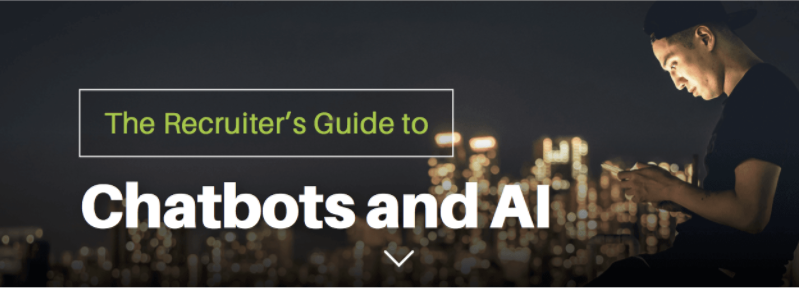
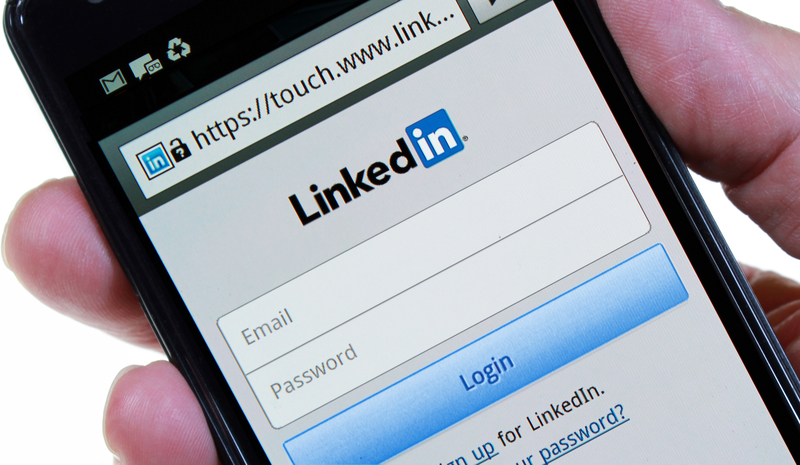
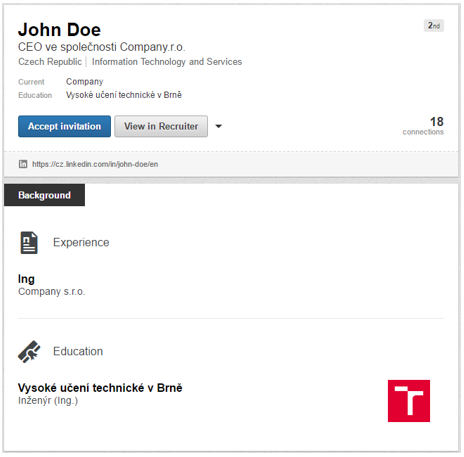


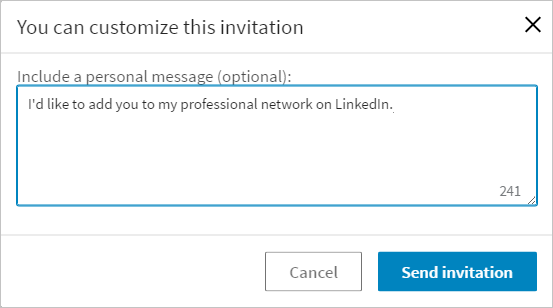
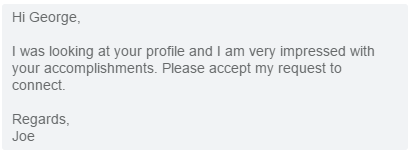




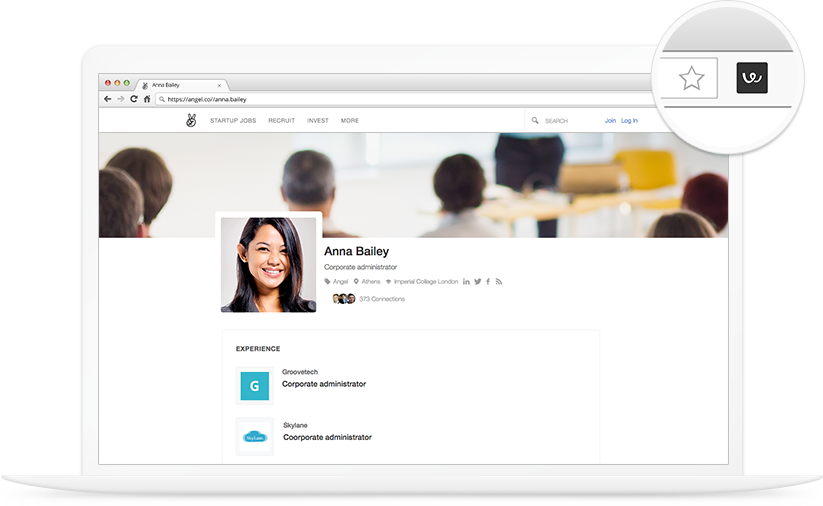 Workable
Workable Dean Da Costa is best known for his work in the highly specialized secured clearance and mobile arenas, where he has been a top performing recruiter and sourcer. Dean’s keen insight and creation of innovative tools and processes for enhancing and changing staffing has established Dean as one of the top authorities in sourcing and recruiting.
Dean Da Costa is best known for his work in the highly specialized secured clearance and mobile arenas, where he has been a top performing recruiter and sourcer. Dean’s keen insight and creation of innovative tools and processes for enhancing and changing staffing has established Dean as one of the top authorities in sourcing and recruiting.

 Virtual reality has been a thing of science fiction for most of our lives and has only recently come to hands of consumers with some extra cash to throw around. However – clearly there is a future (and one not too far off I would date say) that virtual reality is going to be part of our reality.
Virtual reality has been a thing of science fiction for most of our lives and has only recently come to hands of consumers with some extra cash to throw around. However – clearly there is a future (and one not too far off I would date say) that virtual reality is going to be part of our reality. VR + Gamification = Better Hires
VR + Gamification = Better Hires Dave Curtis has 30+ years experience in the workforce. Of which 18 have been within HR/HR Information Systems. Given the nickname ‘The Wizard’ by his co-workers, Dave is a leader, innovator, HR tech professional and overall tech geek. Connect with him on
Dave Curtis has 30+ years experience in the workforce. Of which 18 have been within HR/HR Information Systems. Given the nickname ‘The Wizard’ by his co-workers, Dave is a leader, innovator, HR tech professional and overall tech geek. Connect with him on 
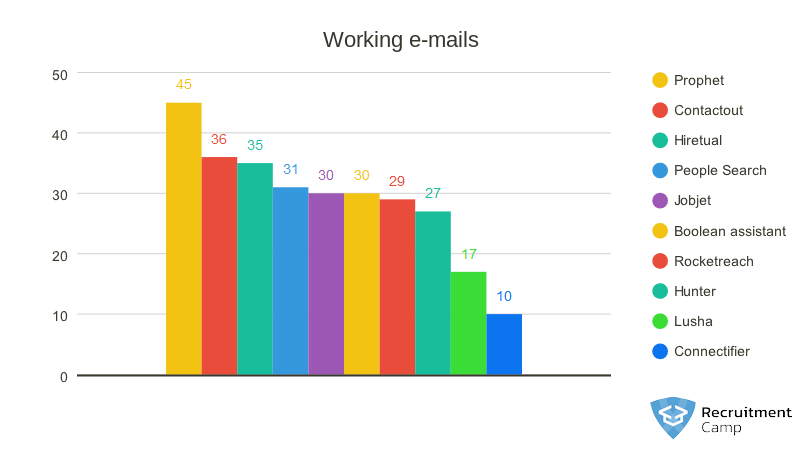
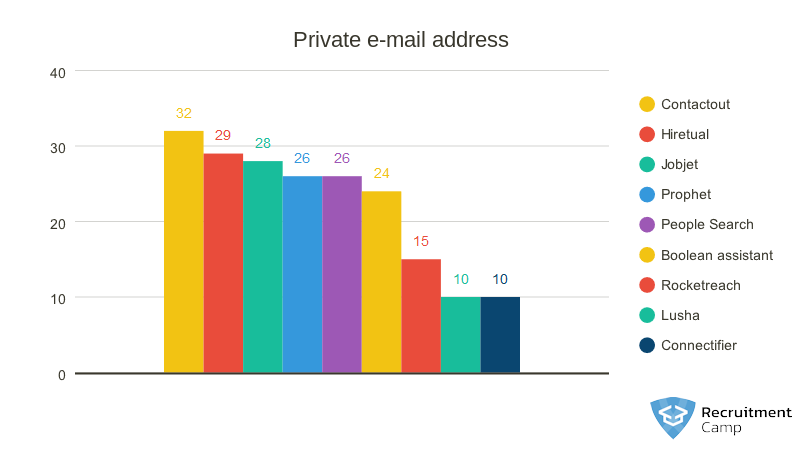
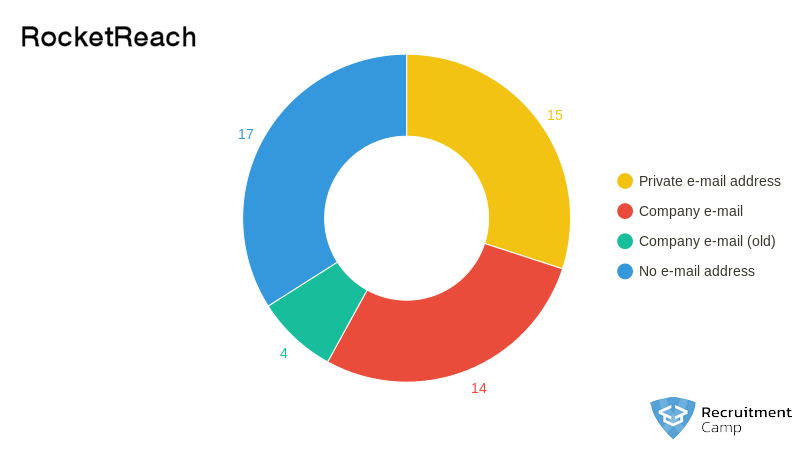
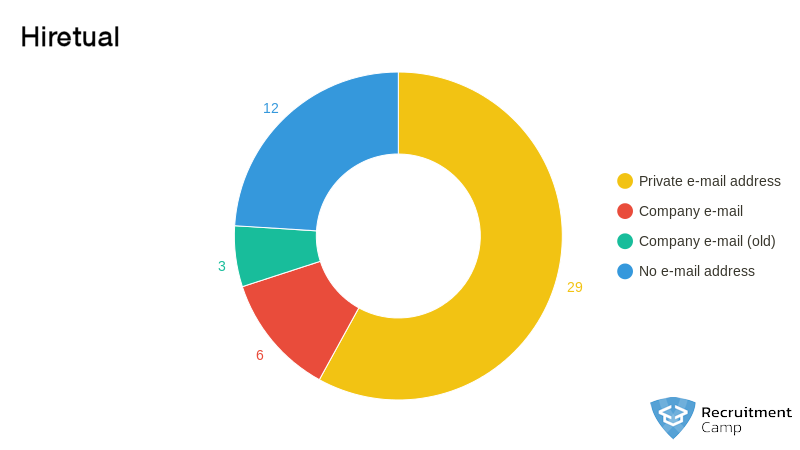
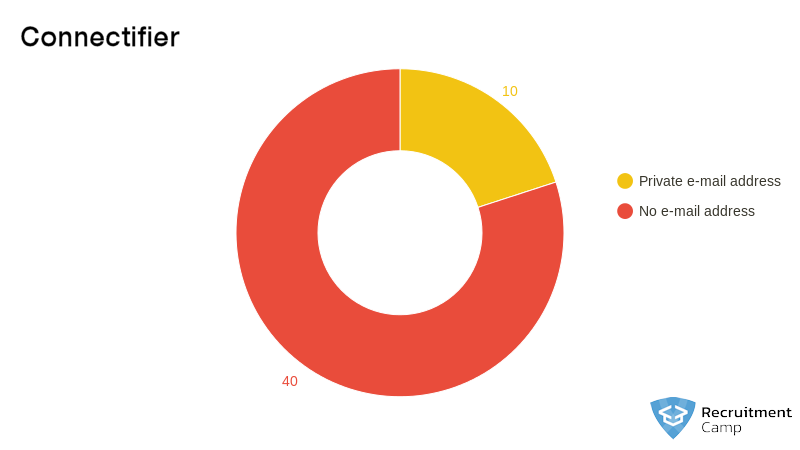
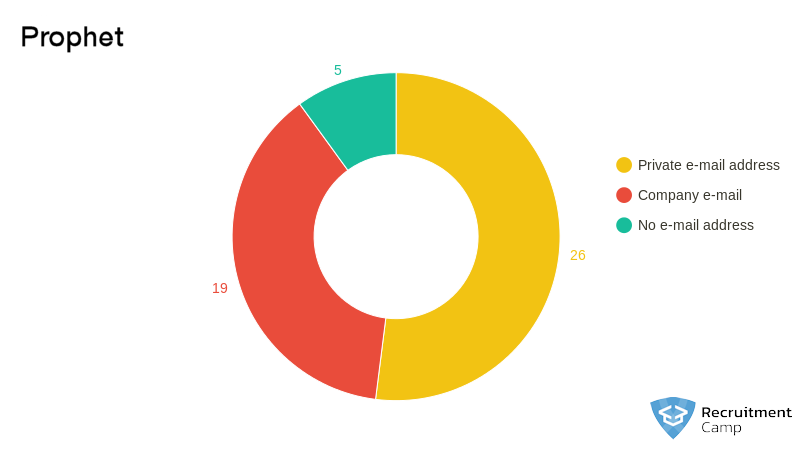

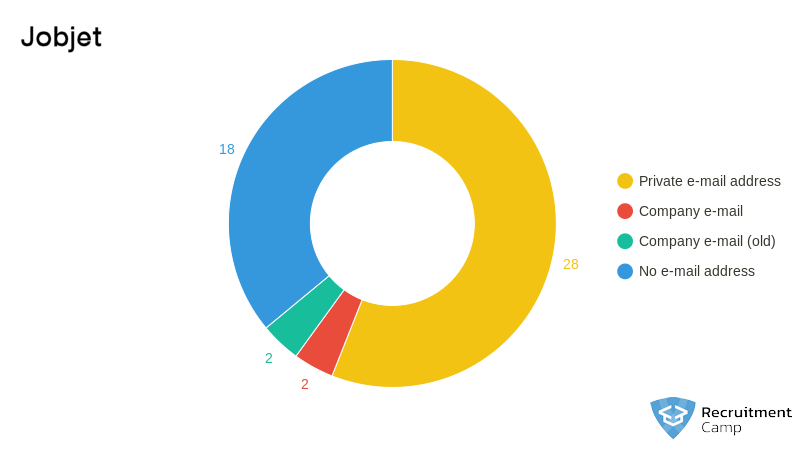
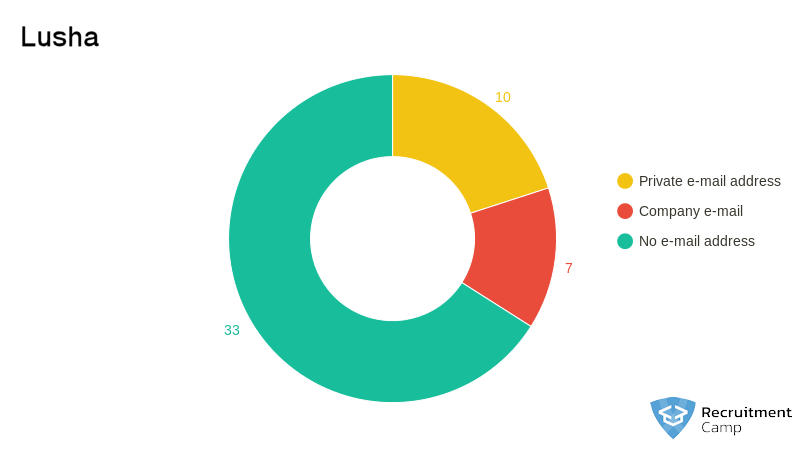

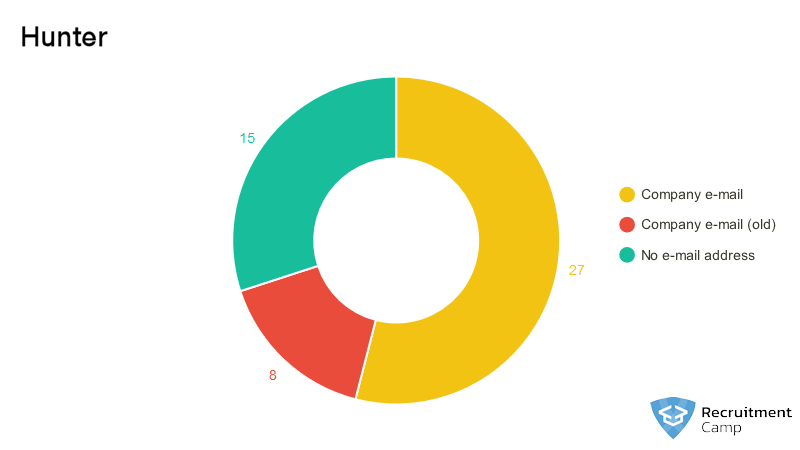
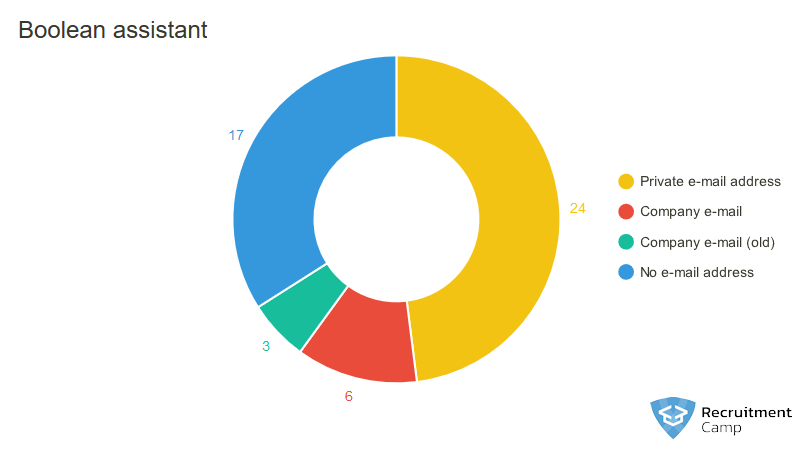

 Trust me on this: there are a whole lot of HR conferences out there. The most prominent among them generally tend to be shit shows, where the overwhelming crowds and ubiquitous vendors make getting substantial value difficult if not impossible.
Trust me on this: there are a whole lot of HR conferences out there. The most prominent among them generally tend to be shit shows, where the overwhelming crowds and ubiquitous vendors make getting substantial value difficult if not impossible. This is why this week’s
This is why this week’s 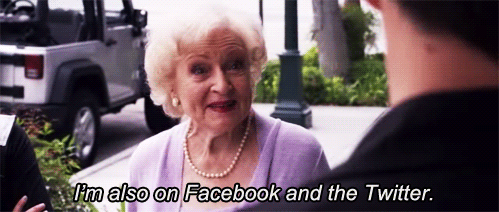

 American companies seem to believe they have a certain hegemony over global business, thinking of, say, APAC and EMEA as the serfs to their centralized fiefdom, and thus approach HR – and HR Technology – with a certain jingoistic sense of insularity.
American companies seem to believe they have a certain hegemony over global business, thinking of, say, APAC and EMEA as the serfs to their centralized fiefdom, and thus approach HR – and HR Technology – with a certain jingoistic sense of insularity. Maybe it was its location in Fort Mason, with its sweeping views of the San Francisco skyline, Alcatraz and the Golden Gate Bridge, the perfect weather or the presence/proximity of so many VC investors, startups and tech company buyers, but this conference felt a whole lot like it was built by and for a different generation, one that abhors the term “Millennial” even as we become a majority of the workforce.
Maybe it was its location in Fort Mason, with its sweeping views of the San Francisco skyline, Alcatraz and the Golden Gate Bridge, the perfect weather or the presence/proximity of so many VC investors, startups and tech company buyers, but this conference felt a whole lot like it was built by and for a different generation, one that abhors the term “Millennial” even as we become a majority of the workforce.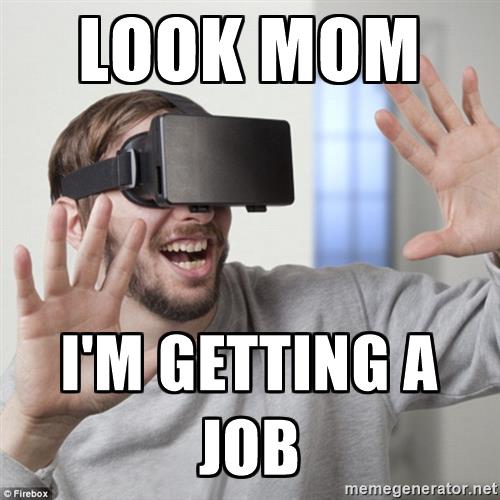
 When doing an online search, where do you go when you are looking for a dentist? What search site do you use when looking for a new restaurant to try? Where do you go when you are looking for a new job?
When doing an online search, where do you go when you are looking for a dentist? What search site do you use when looking for a new restaurant to try? Where do you go when you are looking for a new job? What is a Madgex?
What is a Madgex? WIIFM?
WIIFM?
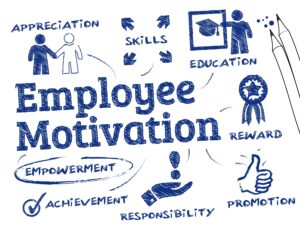

 Mya
Mya Olivia
Olivia RAI by HiringSolved
RAI by HiringSolved


 Entelo steps up its AI game with $20M Series C
Entelo steps up its AI game with $20M Series C Erecruit Merges with Bond International Software
Erecruit Merges with Bond International Software JazzHR and PrismHR Partner to Deliver Best-in-Breed PEO Hiring Solution
JazzHR and PrismHR Partner to Deliver Best-in-Breed PEO Hiring Solution Glassdoor Pricing: How it Really Works
Glassdoor Pricing: How it Really Works




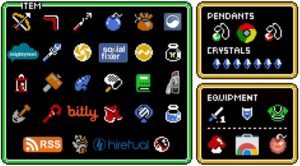
 Dan Louks has been working in RPO for about three years now, having spent time as both a Recruiter and a Sourcer. In a previous life, he has worked primarily in radio broadcasting and retail sales. Married with a four-year-old daughter, he is either hanging out with them or playing retro video games in my free time. Connect with him on
Dan Louks has been working in RPO for about three years now, having spent time as both a Recruiter and a Sourcer. In a previous life, he has worked primarily in radio broadcasting and retail sales. Married with a four-year-old daughter, he is either hanging out with them or playing retro video games in my free time. Connect with him on 